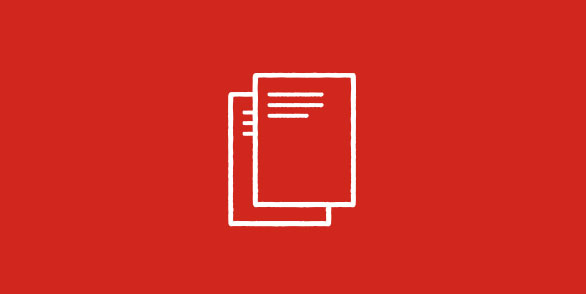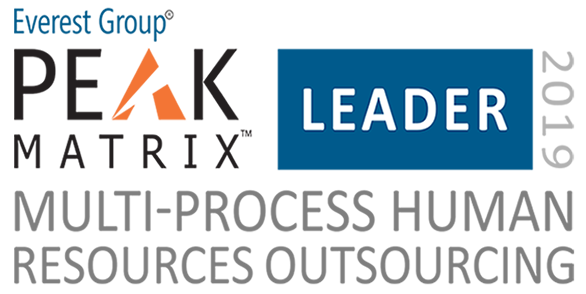Getting global payroll right is crucial. Inaccurate or late payments can result in demotivated employees, fines and reputational damage to your company. However, only 33% of the 1,486 payroll professionals that we had interviewed reported having an average of 90%-or-above payroll accuracy across all the countries they operate in, compared with 52% before 20201.
So why is global payroll management such a challenge? There’s no single answer to this question, but factors include:
- Which countries you have offices in
- How you’ve grown (inheriting legacy systems can be a big problem)
- Whether you have access to the right expertise
- The number of payroll systems you have (and how well integrated they are)
- The rise in new legislation worldwide.
One of the most pressing concerns in global payroll is the huge increase in financial legislation which is making life more difficult for payroll professionals. Not surprisingly, many companies are looking for international payroll processing solutions. There are a number of options available.
Using a global payroll vendor
Outsourcing global payroll to a single vendor gives your employees a consistent, simplified user experience, providing reliable data for compliant payroll and consolidated reporting. Cloud-based technology will allow you to run payroll in any part of the world from any location – perfect if your business wants to expand into new territories. The vendor’s technology should include automatic updates as new legislation comes in and they must provide local expertise to explain how any changes will affect you and your employees.
Locally processed payroll
Local managers often like the feeling of control that comes from using an in-country payroll service provider. The downside is that you need different providers for each country or area you operate in. This doesn’t provide consistency of user experience and may make it difficult to provide global reporting and data analysis.
Payroll aggregators
With this model, a single provider (or aggregator) partners with or acquires a network of in-country payroll providers to manage local processing for you. The aggregator is also responsible for linking data from the various countries. This can be an expensive option with limited flexibility, and you will be restricted to the in-country providers in the aggregator’s network – unless you pay extra.
Multicountry payroll outsourcing (MCPO)
A third-party vendor uses payroll software to manage employee payroll in different countries. This can be a solution to paying smaller numbers of employees in countries that aren’t served by a company’s primary payroll system.
What to look for in a global payroll solution
Helpful questions for your payroll and HR teams include:
- Is it a payroll provider you can trust?
- Can the online payroll software be seamlessly integrated with whatever HR solutions you need?
- Does the provider have the right payroll solutions and expertise for every market in which you operate – and any that you may be considering moving into
- Is their solution cloud based? (with easier set-up, access to new technology and ‘anywhere’ accessibility)
- Will the provider’s software manage payroll seamlessly across all markets?
- Does the payroll solution include all the features you need – now and in the future?
- Does it cover local laws and regulatory compliance?
- How well can it handle supplemental payments, part-time working and flexible working?
- Is there a self-service app for employees?
- Check the details. Will the global payroll software allow you to create bespoke files for the various banks you use? Will it help with reports and documents required by each country’s authorities?
- Does it include expert support whenever you may need it?
Bringing payroll and HR together
Payroll accuracy may be vital but it’s not something even the most dedicated payroll professional gets excited about. Once you can be confident that your global payroll is going to be correct, you can begin to do genuinely exciting things with it.
Put it together with your company’s HR or human capital management (HCM) solutions and you’ll have a wealth of usable workforce data that in turn can drive cost-savings and operational efficiencies. Data that can help you do anything from putting the right training in place to avoid skills gaps, to increasing employee engagement by making career paths more apparent. And because payroll data is checked regularly, bringing it together with your HR data will make that more accurate too.
Bringing payroll and HR together helps you to:
- Simplify - One cloud platform, accessible anywhere, makes it easier to gather information, stay compliant and reduce admin
- Strengthen - Manage resources more effectively, develop employee skills and build resilience
- Scale - Expand (or contract) workforce operations, understand requirements earlier and add HR management tools as and when you need them
Outsourced global payroll management best practices
The work starts even before you find a provider. Take your time to choose an appropriate solution. Ensure that your payroll information can be accessed from anywhere. Many companies were adversely affected when COVID forced offices to close and their payroll professionals could not retrieve the necessary employee details.
Remember that everything starts with payroll. If you can avoid mistakes with data such as employee classification, then you’re more likely to be able to source information your company needs for strategic decision-making.
Automation will help reduce errors, but you must ensure that your systems are streamlined and work well together. The best solution is one system with a standard workflow and seamless integration with HR software – it’s important to bring HR functions such as time management together with payroll.
One system, with one database, will make sensitive employee information more secure and easier to delete when required. It also makes statutory reporting and strategic analysis much easier.
Make sure you have the technology in place to meet post-COVID flexible working arrangements. You will also need to check that you have access to the in-depth knowledge of labour regulations, tax legislation and anything else that you may require for every country in which you operate.
Ask yourself, too: do you have the resources to handle employee queries? If you’re not sure whether you need an employee self-service capability, try recording the time your HR teams spend answering questions.
Before implementation, listen to what others in your company want from a global payroll management system. Are managers concerned about data security and privacy? Are employees happy with their pay dates? Would they prefer epayslips? What information would your decision-makers like? Is there a gender pay gap that needs to be addressed? Make sure that your payroll technology meets everyone’s needs now and in the future.
Finally, ensure sure that your entire process is as efficient as possible. There will always be the odd mistake – be sure that errors can be spotted and rectified quickly.
Choosing ADP as your global payroll provider
ADP can help you build in resilience, prepare for growth and ensure that you’re ready for whatever the future may bring.
We’ve been at the forefront of change for many years. Formed over 70 years ago, ADP leased the first IBM computers for payroll, pioneered the very first cloud-based payroll software, the first digital payroll and the first online marketplace for new, easily integrated human capital management (HCM) solutions. We now provide the latest payroll and HR software solutions to over 1,000,000 clients in over 140 countries.
If you’d like to talk to an ADP expert about the benefits of outsourcing global payroll to ADP, please get in touch.
At a glance – the benefits of global payroll outsourcing:
- Fewer payroll errors due to automation of processes
- One dashboard gives you a holistic view of your workforce
- Less compliance risks and costs
- Easy integration with HR functions
- Alerts of any new legislation and its effects
- Increased security with advanced technology
- Increased efficiency with optimised workflows
- Scalable model which grows with your business
Sources



